 Some shoplifters are violent. I follow these incidents and they seem to be becoming more frequent. The reasons why are many and there is plenty of blame to go around: State and local governments, courts and lax Judges, parents and even retailers themselves. Much of that is out of our control. We must keep violent and non-violent shoplifters from even entering our stores.
Some shoplifters are violent. I follow these incidents and they seem to be becoming more frequent. The reasons why are many and there is plenty of blame to go around: State and local governments, courts and lax Judges, parents and even retailers themselves. Much of that is out of our control. We must keep violent and non-violent shoplifters from even entering our stores.
What is under our control is how we, the retailer, approach the shoplifting problem? First, you cannot be on the defense. We cannot play the defensive strategy any longer. You must go on the offense! Defense is putting up a sign like “no shoplifting” or some other weak response in place and hoping for the best. This includes a camera system. I cannot even count the number of retailers that have asked me why they still have a shoplifting problem when they invested in CCTV. CCTV is a passive system; it does nothing pro-active. CCTV is great for after the fact but even the dumbest shoplifter knows you do not have the staff to be watching all the time.
An EAS system like a Checkpoint System is a PROACTIVE system. It is working 24/7. It does not take breaks, vacations or let its mind wander or get distracted. A Checkpoint System protects your retail good at all times. The shoplifters know this and for the most part will be deterred by a Checkpoint System when they look in your doorway.
If we deter shoplifters by going on the offense as they walk in, then we also reduce the chances for a violent encounter. Contact us today for information on your Checkpoint System and let’s go on the offense together.
 I’ve been doing employee theft investigations for years now. Sometimes, they’re a blast. Often, they frustrate me. Not because the person is a thief, but because the loss could be so avoidable if managers would take the time and play offense. Sure, we can run reports and watch video, but all that’s doing is keeping us on the D-Line. You have to play hard and not be afraid to call an audible when needed.
I’ve been doing employee theft investigations for years now. Sometimes, they’re a blast. Often, they frustrate me. Not because the person is a thief, but because the loss could be so avoidable if managers would take the time and play offense. Sure, we can run reports and watch video, but all that’s doing is keeping us on the D-Line. You have to play hard and not be afraid to call an audible when needed.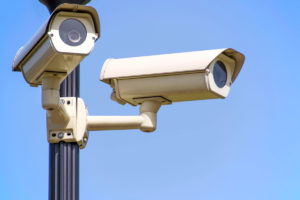 Shoplifting affects everyone. As shoplifting and employee theft seem to be an unstoppable problem for the retail industry, researchers try to find different methods to prevent and combat shoplifting.
Shoplifting affects everyone. As shoplifting and employee theft seem to be an unstoppable problem for the retail industry, researchers try to find different methods to prevent and combat shoplifting.
 If you were asked what area of your store would present the most opportunity for employee theft and fraud, what would you answer? The checkout lanes where cashiers have access to the register, the ability to pass merchandise,
If you were asked what area of your store would present the most opportunity for employee theft and fraud, what would you answer? The checkout lanes where cashiers have access to the register, the ability to pass merchandise,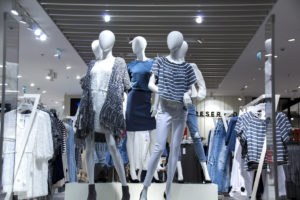 Each year retailers take inventory of their merchandise, counting what they have in the store, reconciling that information against sales receipts, vendor credits and receipts and markdowns. Usually the result is some amount of shortage or merchandise shrink due to merchandise that cannot be accounted for and losses due to certain markdowns and damaged products. I have in rare instances seen overages, but those are usually the result of offsets from prior year shortages often attributed to paperwork errors. The store objective each year should be to improve upon the prior year inventory result. Certainly the best case would be to have zero dollar shortages every year, but that is not a realistic expectation. I try to explain to employees that if one package of gum were to be stolen during the year, you have incurred shortage. There are steps a store owner or manager can take to work towards that yearly improvement and shoot for a zero dollar shrinkage year.
Each year retailers take inventory of their merchandise, counting what they have in the store, reconciling that information against sales receipts, vendor credits and receipts and markdowns. Usually the result is some amount of shortage or merchandise shrink due to merchandise that cannot be accounted for and losses due to certain markdowns and damaged products. I have in rare instances seen overages, but those are usually the result of offsets from prior year shortages often attributed to paperwork errors. The store objective each year should be to improve upon the prior year inventory result. Certainly the best case would be to have zero dollar shortages every year, but that is not a realistic expectation. I try to explain to employees that if one package of gum were to be stolen during the year, you have incurred shortage. There are steps a store owner or manager can take to work towards that yearly improvement and shoot for a zero dollar shrinkage year. Many stores, public places, and government
Many stores, public places, and government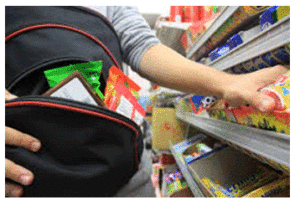 Police Departments across the nation are busy this holiday season launching operations aiming at catching shoplifters.
Police Departments across the nation are busy this holiday season launching operations aiming at catching shoplifters.
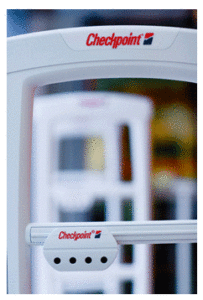 s level, but your bottom dollar. When people have a problem, they research a solution. One way to prevent shoplifting is having an electronic article surveillance system installed by a reputable company. Searching for such a company can be daunting. Shoplifting is an issue that needs to be addressed and resolved quickly. Why would you choose Checkpoint equipment from Loss Prevention Systems Inc. (LPSI?)
s level, but your bottom dollar. When people have a problem, they research a solution. One way to prevent shoplifting is having an electronic article surveillance system installed by a reputable company. Searching for such a company can be daunting. Shoplifting is an issue that needs to be addressed and resolved quickly. Why would you choose Checkpoint equipment from Loss Prevention Systems Inc. (LPSI?)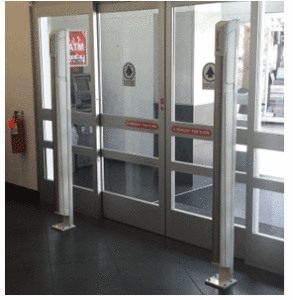 nce and typically resolve potential issues. With its strong frame and Evolve capabilities, it will last a long time and is “future proof”.
nce and typically resolve potential issues. With its strong frame and Evolve capabilities, it will last a long time and is “future proof”. 